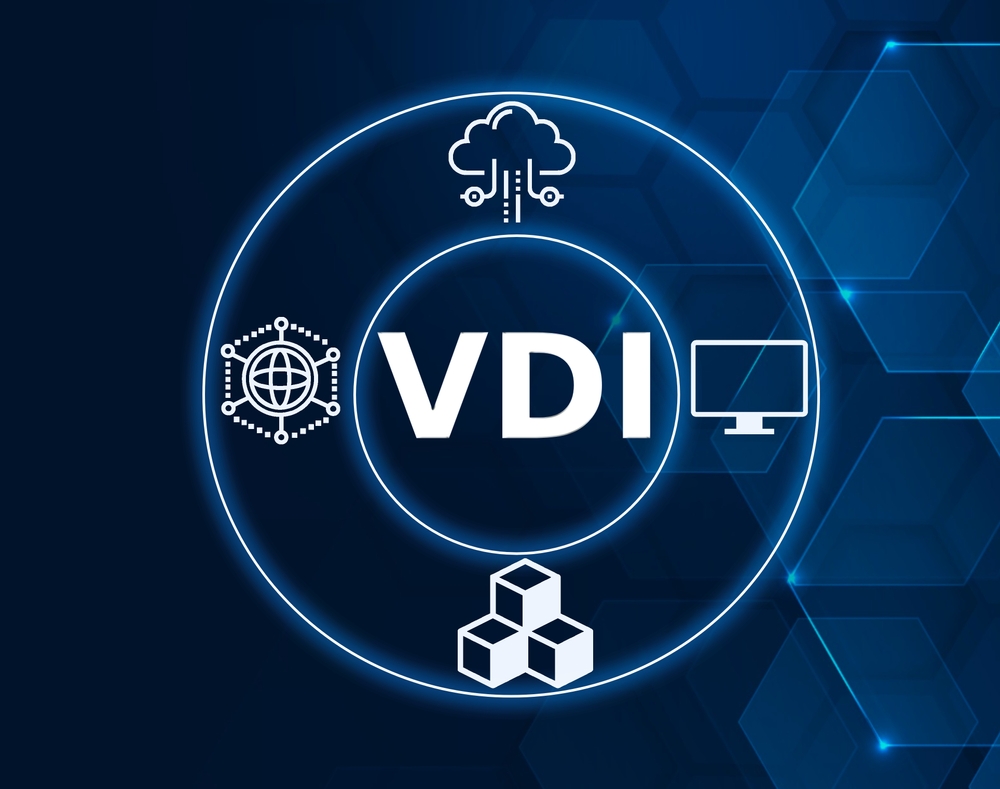Microsoft Teams Voice Performance in VDI: A Guide for Real-World Success

Virtual Desktop Infrastructure (VDI) has become the backbone of modern remote work, but getting Microsoft Teams to perform well in these environments can feel like tuning a sports car - technical precision matters. Let’s explore how to optimise voice and video calls in VDI setups without drowning in acronyms.
Why VDI Teams Deployments Need Special Attention
Imagine your corporate network as a motorway. Without proper lanes (optimisations), Teams’ audio/video traffic gets stuck behind slower data, leading to robotic voices, frozen screens, and frustrated users. Unlike traditional apps, Teams relies on real-time device access (mics, cameras) and low-latency connections - both challenging in virtualised environments.
Microsoft’s VDI optimisations act as "express lanes" for Teams traffic, but only if configured correctly. Let’s break down how this works across popular platforms:
1. Azure Virtual Desktop (AVD): The Native Choice
AVD uses Microsoft’s own Remote Desktop Protocol (RDP) with baked-in Teams optimisations. Think of it as a first-party solution:
- Key Benefits:
- Local Media Redirection: Audio/video streams bypass the virtual desktop, connecting directly to your physical device (like your laptop’s webcam).
- Automatic Fallback: If your local mic fails, Teams seamlessly switches to the VDI session’s audio - no dropped calls.
- Simplified Updates: AVD clients auto-update, reducing compatibility headaches.
- The Catch:
Teams must show “WVD Media optimised” under Settings > About. If it doesn’t, users suffer from “tunneled” audio (think speaking into a tin can). - Who It’s For: Organisations deeply invested in Microsoft 365. If your IT team loves Azure, this is your path.
2. Citrix HDX: The Veteran Player
Citrix’s HDX protocol has handled multimedia for decades, but Teams adds new twists:
- Optimisation Essentials:
- HDX Media Engine: Offloads audio/video processing to your endpoint device, sparing the VDI server.
- Config Tweaks Matter: Admins must enable settings like
accUseMsrdc:i:1in HyWorks or adjust Citrix Workspace’sconfig.jsonfor echo cancellation.
- Real-World Pitfall:
A financial firm once saw 30% of Teams calls drop because their Citrix Workspace app was two versions behind. Lesson: Always verify client/server compatibility. - Standout Feature:
Supports Linux and macOS endpoints seamlessly—ideal for mixed-device workplaces.
3. VMware Horizon: Flexibility with Fine Print
VMware uses Blast Extreme or PCoIP, paired with a Teams optimisation plugin:
- Blast vs. PCoIP:
- Blast Extreme: Prioritises bandwidth efficiency—perfect for voice calls on shaky hotel Wi-Fi.
- PCoIP: Delivers sharper video but guzzles bandwidth. Avoid it for voice-heavy setups.
- The Hidden Hurdle:
Without VMware’s Media Optimisation Pack, Teams traffic routes through the data centre, adding 100+ ms latency. One hospital reduced call lag from 300ms to 50ms just by installing the plugin.
Common Mistakes That Derail Teams in VDI
Even with optimisations, small oversights cause big issues:
- The “Optimised” Mirage
Teams might claim it’s optimised, but check Settings > About. If it says “Media not connected,” audio is still tunneling through the VDI. - Wi-Fi Woes
A 1% packet loss on Wi-Fi can make voices sound robotic. Use wired connections or QoS tagging for Teams traffic. - Outdated Clients
Citrix Workspace app 2302+ added critical WebRTC upgrades. Running older versions? Expect choppy screen sharing. - Misconfigured Policies
One company blocked USB redirection “for security,” breaking Teams’ access to headsets. Always test policies with real users.
Pro Tips for Flawless Voice Quality
- Latency Benchmarks:
- <200ms Round-Trip Time (RTT): Good
- >300ms: Users notice delays (like talking over each other).
- Troubleshooting Toolkit:
- Microsoft’s Call Quality Dashboard (CQD): Track jitter, packet loss, and RTT trends.
- Citrix Director: Spot HDX session bottlenecks in real time.
- User Training:
Teach teams to:- Restart the Citrix Workspace app if devices aren’t detected.
- Avoid using VPN split tunnelling with Teams (it can conflict with media redirection).
The Future: New Teams and VDI Efficiency
Microsoft’s “New Teams” (released in 2023) slashes VDI resource use:
- 25% Lower CPU: More users per server.
- Built-In Optimisation: No more managing Citrix/VMware plugins separately.
Early adopters report 50% faster meeting join times and smoother screen sharing—critical for industries like healthcare and finance.
Final Checklist Before Deployment
- Confirm Teams runs in “Optimised” mode.
- Update all clients (AVD, Citrix, VMware) to supported versions.
- Test with 10+ users on different networks.
- Enable QoS tagging for Teams traffic.
- Train helpdesk teams on VDI-specific issues.
VDI doesn’t have to mean compromise. With precise configuration and proactive monitoring, Teams can deliver crisp, low-latency voice calls—whether your backend runs on Azure, Citrix, or VMware. The key? Treat optimisation as an ongoing process, not a one-time setup.

